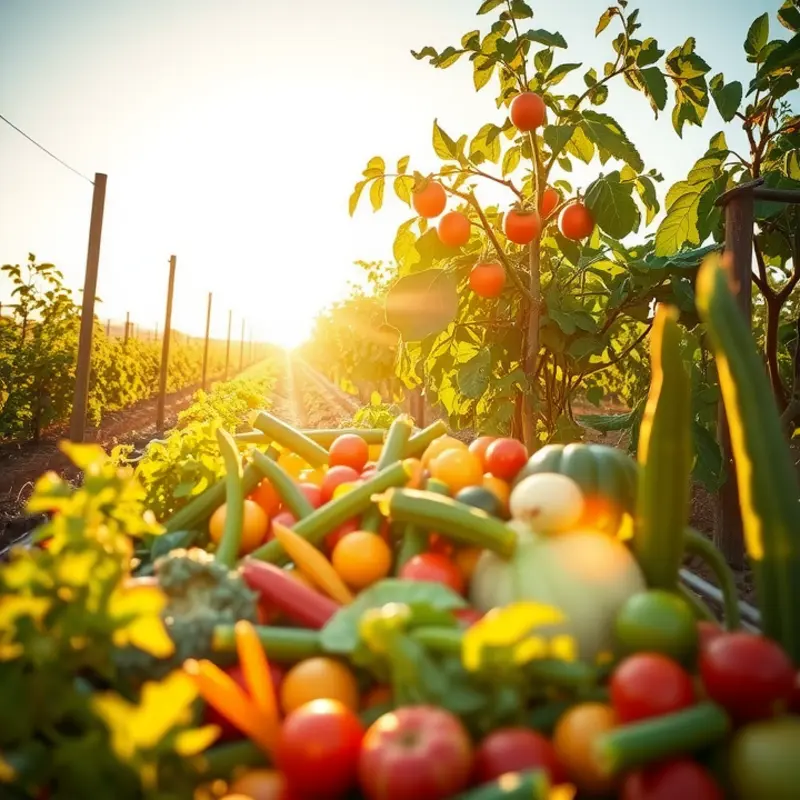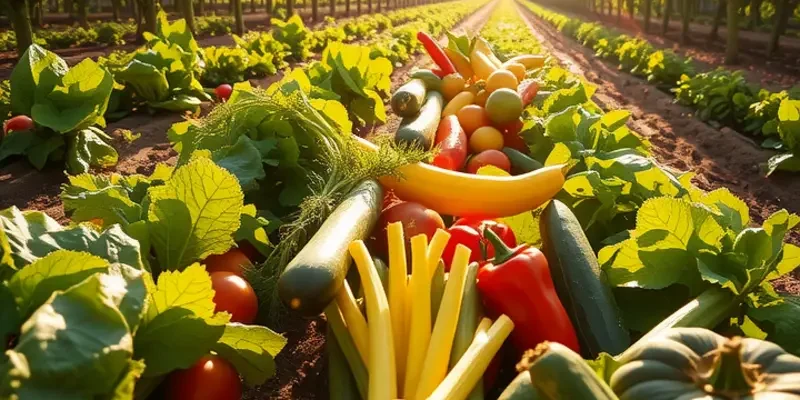Exploring global cuisines is not just about the main dishes; it’s also about the sauces that bring flavors to life. From the creamy richness of North America to the spicy undertones of Asia, sauces are essential guardians of culinary heritage. Join a flavorful adventure through iconic sauces that define cultures and celebrations, inspiring food enthusiasts and culturally curious souls alike.
Sauces of the Americas: The Heart of Flavor

Diving into the culinary landscapes of the Americas reveals sauces that are as diverse as the regions they hail from. These sauces not only add flavor but also reflect the rich history and cultural significance of their origins. From the barbecue pits of the southern United States to the vibrant markets of Mexico and Argentina, each sauce tells a story of its place and people.
Barbecue sauce, with its roots deeply embedded in the southern United States, is known for its smoky, tangy, and slightly sweet flavors. The origins of barbecue sauce can be traced back to early European settlers who brought their culinary traditions to the New World, adapting them with ingredients found locally. Vinegar, ketchup, mustard, and spices form the backbone of most barbecue sauces, a versatile concoction that varies across regions from the vinegar-heavy sauces of North Carolina to the tomato-rich versions of Kansas City. Barbecue is more than just a sauce; it’s a social event, a tradition of gathering around the grill, underscoring its role in bringing communities together.
Traveling south, mole is a hallmark of Mexican cuisine, a complex sauce that embodies centuries of culinary evolution. Mole’s origins are debated, but it is widely accepted that it was born in the convent kitchens during the colonial period, representing a fusion of indigenous and Spanish culinary influences. Ingredients like chocolate, chilies, nuts, and spices are meticulously blended to create a rich, velvety sauce. Mole varies significantly by region, with the most iconic variant being the mole poblano, which is known for its deep, earthy flavors and slight sweetness. The making of mole is often reserved for special occasions, where its preparation alone is a celebration.
In South America, chimichurri stands out as a tribute to the grasslands of Argentina and Uruguay. This fresh, herbal sauce is an essential element of asado, a traditional barbecue feast. Made of finely chopped parsley, garlic, vinegar, chili flakes, and olive oil, chimichurri is a testament to the simplicity and quality of South American produce. Its bright, tangy flavors serve to enhance the rich, deep flavors of grilled meats, symbolizing the close connection between the land and its culinary traditions. Unlike the long preparation times of mole, chimichurri is a quick sauce, often prepared right at the table, highlighting the Argentine emphasis on spontaneity and freshness.
These iconic sauces symbolize more than just flavor; they are the threads that weave together family gatherings, cultural rituals, and regional pride. Understanding and preserving these culinary traditions is vital. For those interested in preserving the quality and extending the shelf life of homemade sauces, exploring safer storage methods can be beneficial. Discover practical tips on safer storage of sauces to ensure they retain their vibrant flavors and cultural essence for longer.
The sauces of the Americas remind us of the power of food to transcend mere sustenance, asserting its role in shaping identities and celebrating the places they come from.
A Fusion of Flavors: Sauces from Asia and Beyond

Asia is home to a diverse tapestry of flavors depicted through its array of sauces. Soy sauce, a staple in Asian kitchens, originates from China and transforms dishes with its umami depth. Many Chinese and Japanese dishes incorporate this iconic condiment from stir-fries to marinades. Its versatility is unmatched, enhancing both vegetarian and meat dishes with a rich, salty essence.
Korean kimchi, another culinary gem, offers a complex bite of fermented cabbage, often spiced with chili. It adapts to various dishes, from being a delightful side to enhancing stews and pancakes. Kimchi’s fermentation process not only boosts probiotics but also highlights the Korean emphasis on preserving seasons.
Sriracha, with its blazing red hue and piquant flavor, hails from Thailand. This hot chili sauce encapsulates the Thai love for heat and tang, becoming a global sensation. It is commonly used as a dipping sauce for seafood or a flavor booster for noodles and rice, suggesting endless possibilities for those craving that extra kick.
Exploring further west into the Middle East, tahini sauce stands as a cornerstone. Made from ground sesame seeds, it exudes a nutty flavor. This sauce is central to traditional dishes like hummus and baba ghanoush, offering a creamy texture that complements their aromatic spices. Tahini’s adaptability sees it drizzled over roasted vegetables or mixed into dressings for a creamy consistency with an earthy undertone.
In Africa, many sauces mirror the region’s rich, diverse cultures. A quintessential example is chermoula, blending garlic, cumin, coriander, and preserved lemons. Originating from North Africa, this sauce is often used in Moroccan and Algerian cuisines, marinating fish and chicken. The citrusy, herb-infused profile of chermoula reflects Africa’s access to abundant spices and creativity.
Another distinctive African sauce, known as peri-peri, mingles influences from Portuguese and African cuisines. This sauce, made from bird’s eye chili peppers, garlic, and lemon, tantalizes taste buds with its fiery flavor. It’s a popular accompaniment for grilled meats, underscoring the African affinity for lively, bold tastes and traditional barbecue techniques.
Each sauce is a testament to its cultural roots, shaped by available ingredients and historical influences. These sauces not only pack intense flavors but also tell stories of their respective regions’ culinary evolution. For inspiration on incorporating these diverse sauces into your cooking, explore insights on easy sauce simmering techniques. By understanding these iconic sauces, we appreciate the artistry infused into each region’s culinary landscape, linking regions with distinct but intricately connected tapestries of flavor.
Final words
Iconic sauces are the unsung heroes of global cuisine, binding cultures, traditions, and flavors through their unique profiles. Each sauce tells a story, reflecting the history and geography of its origins. Whether served with grilled meats, drizzled over salads, or mingling with fragrant noodles, these sauces enhance every culinary experience. As food enthusiasts continue to explore and experiment, understanding the cultural significance behind each sauce enriches our appreciation for world cuisines. Savoring these iconic flavors invites us to broaden our palates and connect more deeply with the diverse world around us.








